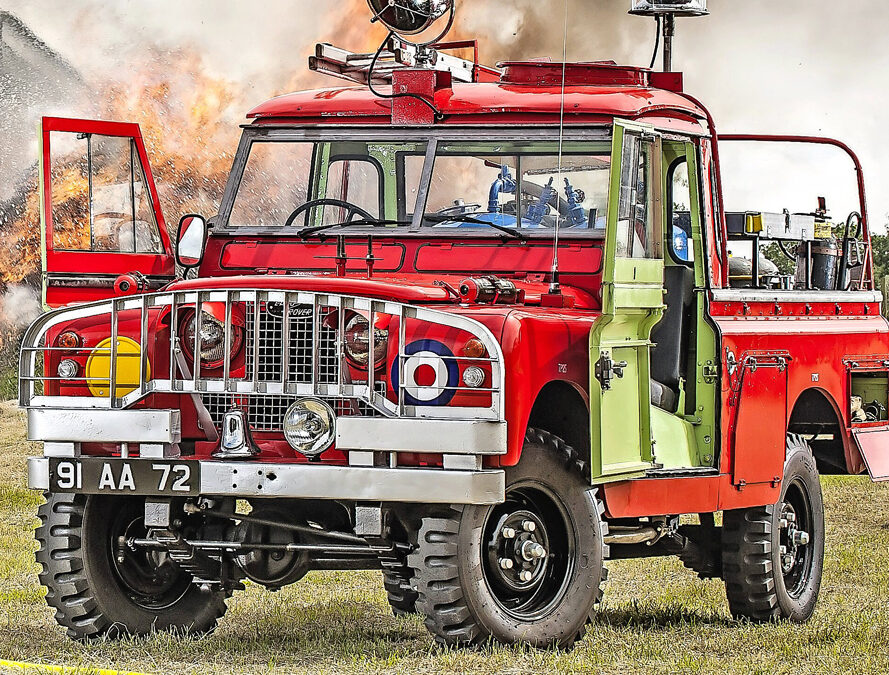Rescuing the life-saving Land Rover
James Taylor tells the story of a rare Land Rover that once did duty on RAF airfields. Take a good look – you won’t see another!
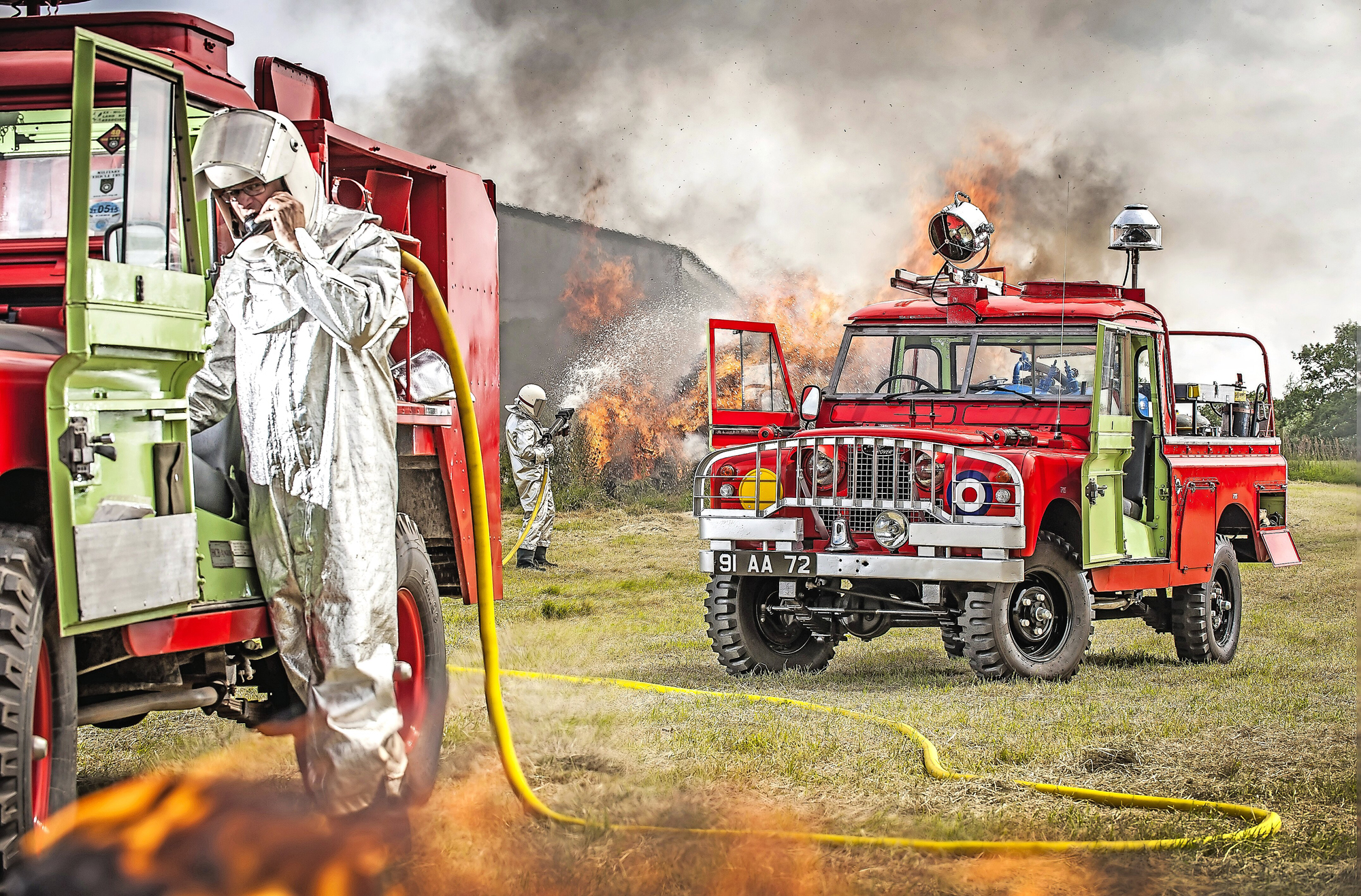
Paul Hazell still isn’t quite sure why he’s so fascinated by Land Rovers that have been RAF crash-rescue tenders, but there’s no doubt that he is. He’s now restored three of them and helped to restore others. So when he told me in 2011 that he was going to tackle that third one, I made sure we kept in touch. After all, it was a type nobody had restored before – an ACRT.
So, just what is an ACRT? Well, the initials stand for Airfield Crash Rescue Truck. Despite the red paint, it wasn’t a conventional fire engine, although it would have been operated by the fire crews on an RAF station. Its purpose was to be first on the scene if an aircraft crash-landed and to rescue the crew. The main fire would be dealt with by the bigger fire trucks that would take longer to get to the incident.
The ACRT was the first of the RAF’s purpose-designed crash-rescue Land Rovers. During the Series I era, there had been a standard kit of ladder, extinguishers, metal cutters and so on. This kit was added to an otherwise standard Land Rover, but the ACRT was specially designed for the job. The prototype was built in 1960 on a Series II 109, and about 180 followed before 1968, latterly on Series IIA chassis.
You may wonder why the RAF needed Land Rovers for the job; after all, an airfield is flat and the runway is tarmac. The reason is that only a small proportion of crash-landings occur conveniently on the airfield itself. There’s always a good chance that the damaged aircraft will slew off the end of the runway and into the fields on a nearby farm. That’s when you need a Land Rover, because you may need to cross fields quickly to get to the aircraft and rescue its crew.
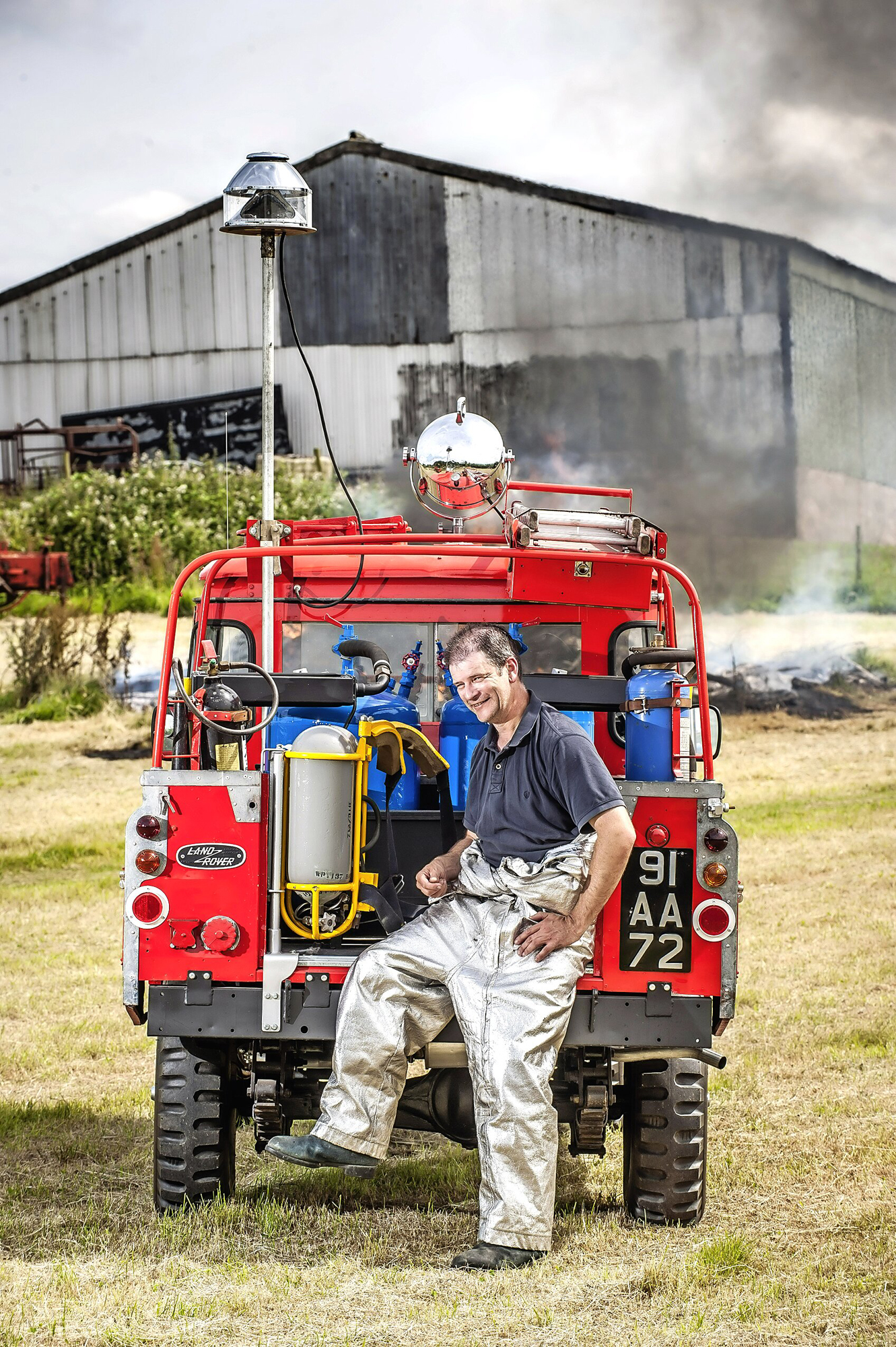
Spotlight isn’t period-correct – much to Paul’s chagrin
The full set
Paul admits he wanted an ACRT ‘to complete the set’. He’d restored a TACR-1 and a TAC-T, and this was the only other purpose-built crash tender before the Range Rover-based TACR-2.
While some had served into the 1980s, most had disappeared. The main reason, thinks Paul, was that they were easily stripped back to truck-cab form, and survivors had become invisible.
Two key features were going to help in finding one. The first was the three equipment lockers in the rear body sides; these were quite distinctive and not found on any other Land Rover. The second was the tropical roof for the cab, which came complete with a military-pattern hatch for operating the roof-mounted lights.
A determined trawl online uncovered an ACRT on eBay. It was in Cumbria, where it had acquired a jib and had been doing recovery duties for a small garage. Paul hitched up his trailer and set off, but to say he was disappointed when he got to Cumbria would be an understatement. The vehicle was rotten and its back was broken. ‘But once you’ve gone somewhere with a trailer, it’s difficult to come home with that trailer empty! So I almost literally swept it on to the trailer and brought it back.’
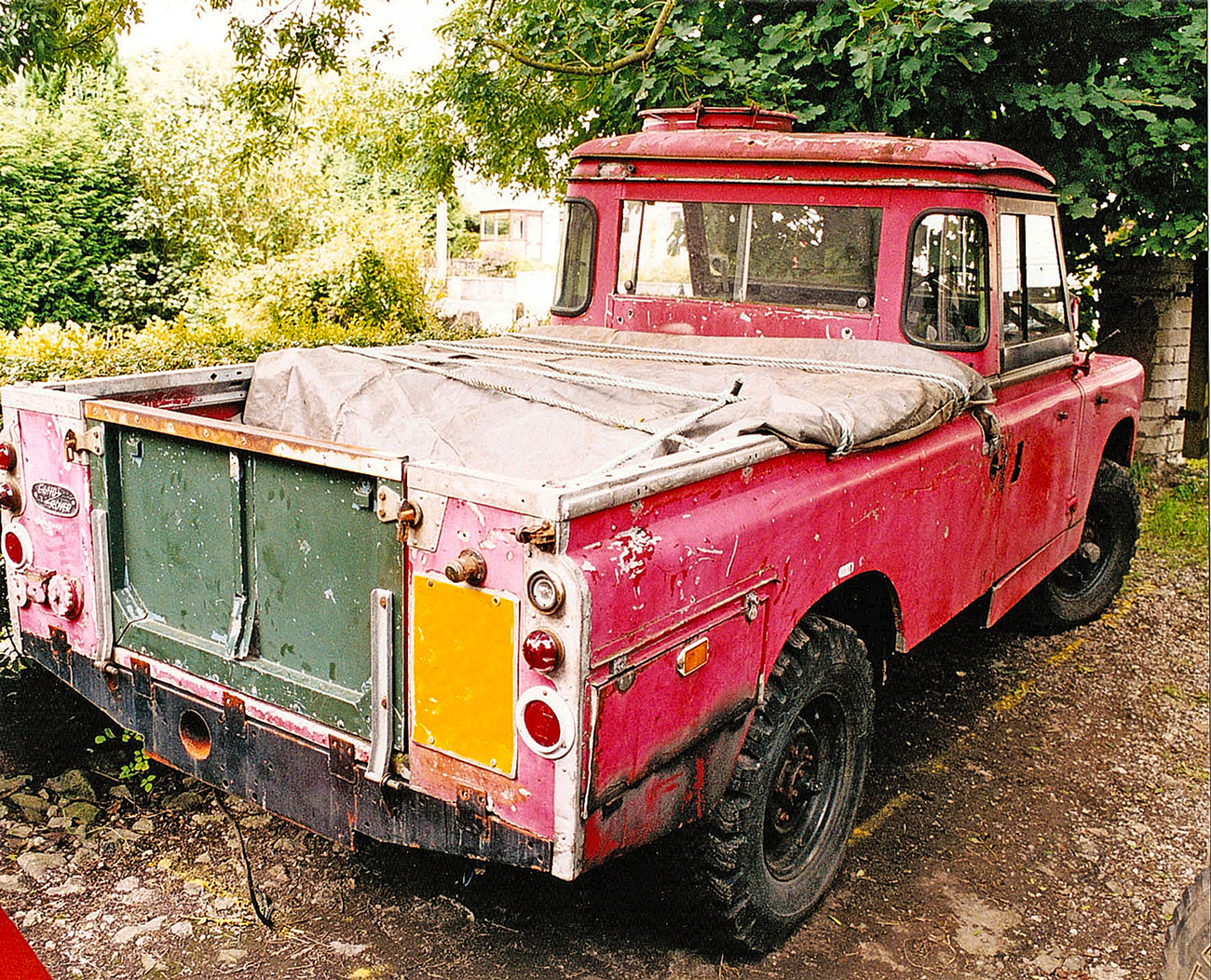
It had an MoT, but a lot of work – and fabrication – was needed to get it up to scratch
Once the ACRT disappeared from eBay, a fellow RAF vehicle enthusiast got in touch. Gordon Smith had worked out that if somebody had bought it, that somebody was likely to be Paul. Gordon said he knew of another one, and the owner of this second one had some of the equipment unique to the ACRT that was missing from Paul’s. A meeting was arranged.
Parts changed hands and Paul examined this second ACRT. The owner had done a lot of work to make the chassis sound, and the vehicle was running with an MoT; but like the first one it had a recovery crane in the back and the special equipment was missing. Was Paul interested in buying it? Paul said no – but figured out on the drive home that what he meant was yes. That now left him with a dilemma: two ACRTs and enough original equipment to make a stab at restoring one of them. It was a no-brainer: the first vehicle went to a German collector.
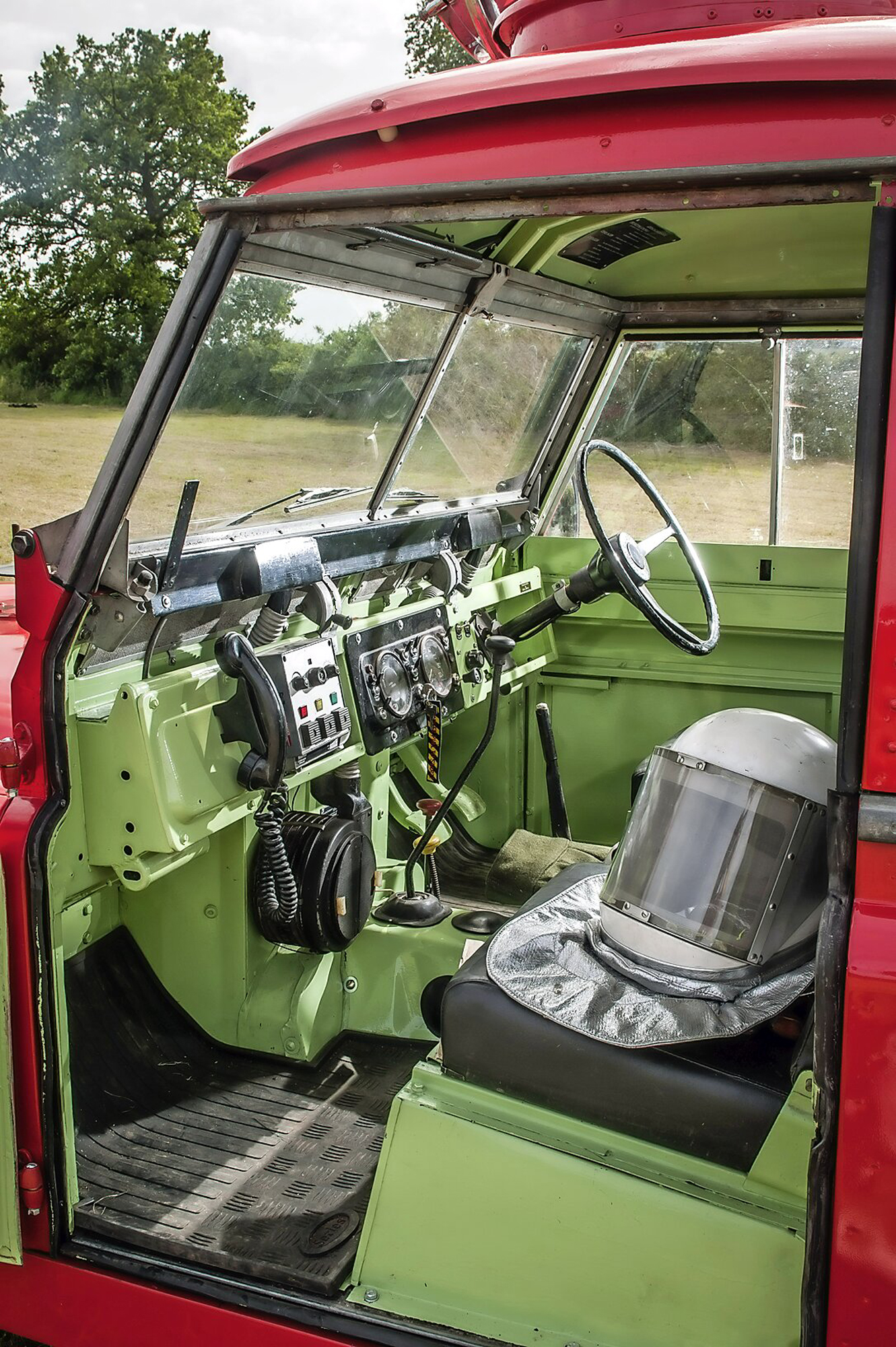
Now that’s what we call a car phone
Oily fingers
Restoring something like this is in a different league to restoring a standard Land Rover. You can’t just walk into a specialist and ask for a searchlight to suit an ACRT – you have to be into the military scene – but even after three years of searching Paul hasn’t found the right one. ‘The proper one was made by Harley and was bigger,’ he says, pointing to the Francis searchlight. You wouldn’t know it wasn’t right unless you’re an expert – but Paul is, so he’s still looking.
A search for the equipment went along with the restoration. ‘I thought it would take about six months to do,’ he admits, ‘but as I got more involved it became a bare-metal respray of a fully dismantled vehicle! The chassis was basically sound but needed some work, and the bulkhead needed quite a bit of work. They always do.’
It helps that Paul is a skilled fabricator: finding the correct hose racks was just never going to happen, so he made them himself. He likes to work from period photographs, and you won’t be surprised to hear that he has gathered quite a collection. Some have come from former RAF fire crew, some are official photographs, and others have come from enthusiasts. One way or another – and with the aid of things like the operator’s handbook – he was able to get an accurate idea of the way things looked.
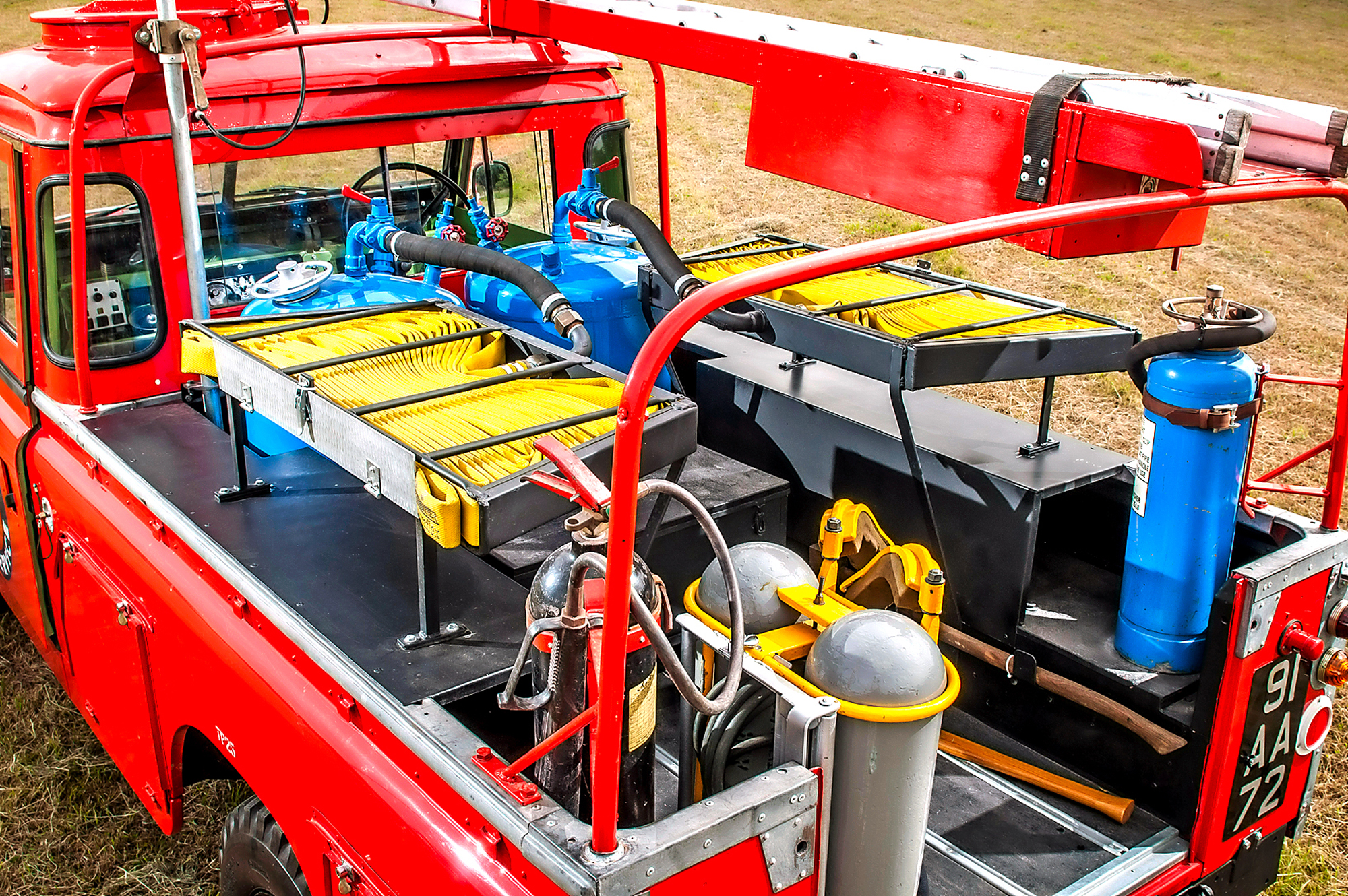
All the kit should a jet succumb to gravity
Another interesting problem is that the pictures show some in-service modifications. So, for example, a rotating blue beacon was added during the 1970s, and many vehicles were probably fitted with sirens to replace the rather quaint fire bell that this one has. Paul likes to restore vehicles to what he calls ‘just-in-service’ condition, and by that he means to the way they would have been in their first year or so with the RAF. So on went that delightfully evocative bell.
Though you might find it difficult to believe after inspecting the ACRT, what he doesn’t want is concours condition. ‘I want to be able to use it and I’m happy for the vehicle to gradually take on a patina,’ he says – and using it, to Paul, means taking it to shows. Some people do that purely for the pride of displaying their vehicles to other people. That’s fair enough, but Paul sees shows – and especially military shows – as having a quite different function.
‘People come up to you and remember using one, or maybe working on them in an RAF station’s MT section,’ he says. ‘You just can’t get better information than they can provide, even though sometimes memories fail a bit!’ He tells the story of one former RAF fireman who was completely gobsmacked when he saw an example of the ACRT he’d once worked with, and was nearly in tears as he sat in the cab and remembered events from all those years ago.
‘Finding the correct hose racks was just never going to happen, so he made them himself’
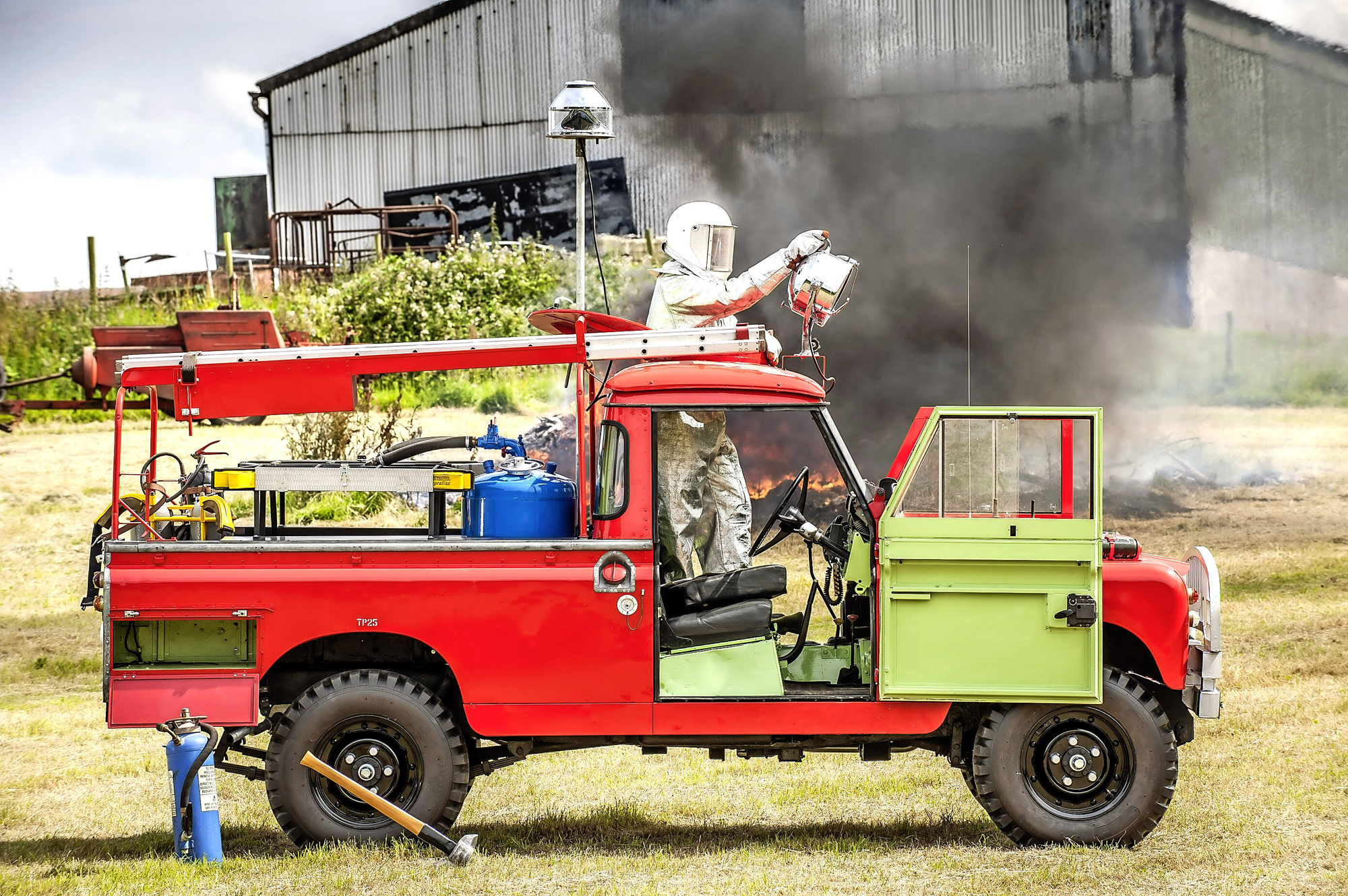
Paul loves showing off his fire truck
Guilty secrets
One other thing did present a real problem during the restoration, and that was a lack of RAF vehicle records. ‘I’ve no idea what its original registration number was or where it served,’ admits Paul. ‘The previous owner thought it may have been one of those that went to the Army Air Corps, although there’s no evidence of that. I’ve restored it as one with a known identity that was a couple of chassis numbers away from it.’
Though he enjoys the finished article – and still owns the TACR-1 that started him off with these restorations – it’s the research and the restoration that really fire his imagination. As a result, he’s considering parting with the ACRT and he’s got his eye on something that could become the next project. If he does it half as well as he’s done this one, it’ll be a stunner.
Oh, and I should say that if the photos make you think we had too much fun doing this feature, you’d be absolutely right.
Special thanks to David Hall for the pyrotechnics, and to Paul’s partner Di for tea and coffee.

